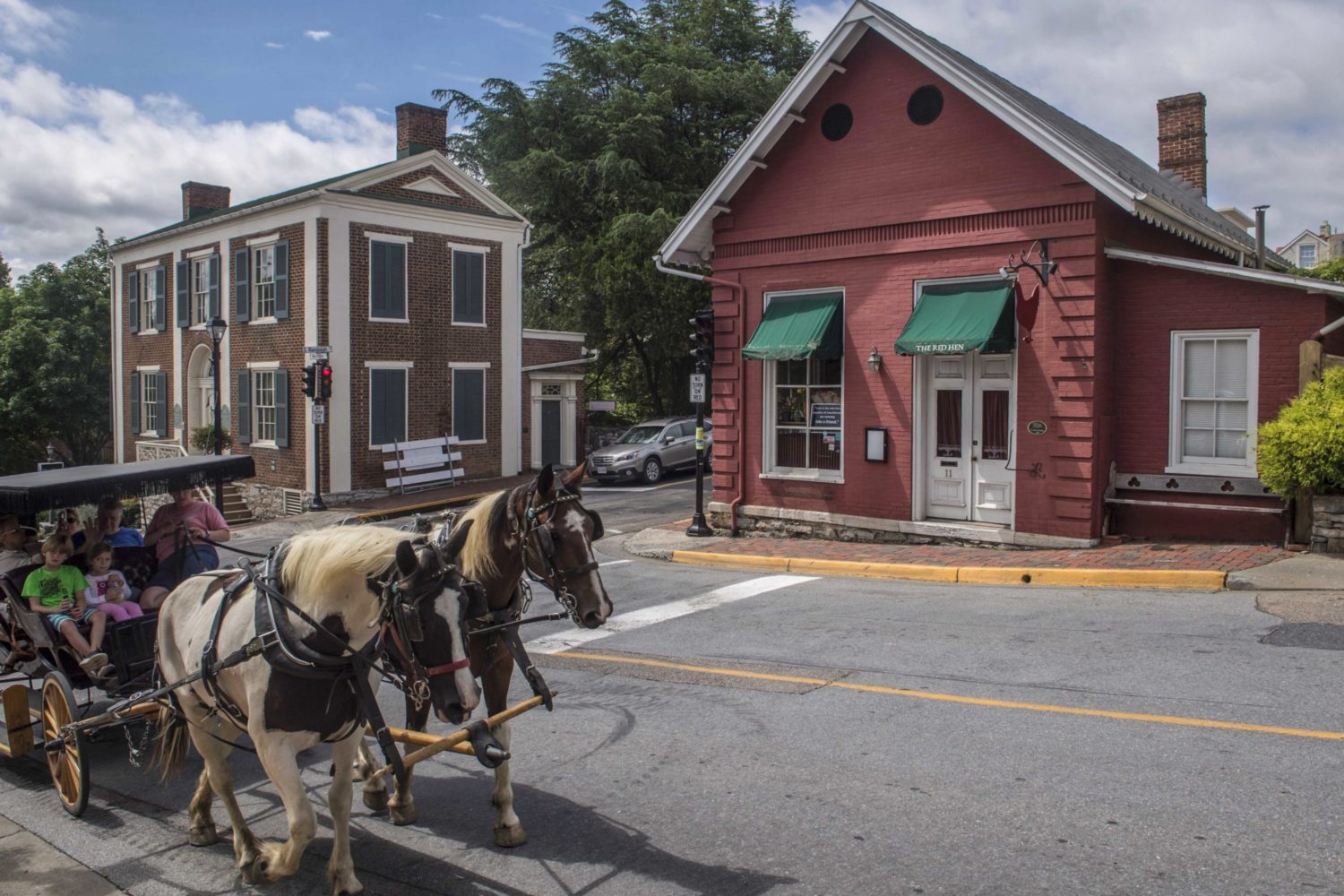I grew up near a friary, where church bells were part of the fabric of my childhood. The Westminster Quarters ringing through the yard marked when it was time to go inside for dinner, and on Sundays the carillon resounded throughout the morning with familiar hymns. For me, bells will always evoke memories of family, of home, of summer Sundays spent reading on the hammock.
Yesterday’s peals from National Cathedral were different. There was no tinkling hymn, no melody of the passage of time. Rather, just one enormous bell was struck 500 times to honor the 500,000 Americans taken by Covid—a bell with a sound so awful and a resonance so deep that standing close to the belfry, you could feel it vibrating through your chest. It was a haunting ring that called to mind not the chimes of redemption but the striking bongs of the Dies Irae, the chant for the dead.
The bells of the National Cathedral on Washington DC toll 500 times in honor of the 500,000 Americans who have lost their lives to Covid pic.twitter.com/bcRUB8DkJ4
— Jane Recker (@janerecker) February 22, 2021
Walking through the grounds, I made my way to the Bishop’s Garden, a small cove on the south side of the cathedral that in spring is embroidered with pastel blooms and is home to a cascading weeping willow. I came here often during the beginning of the pandemic to sit under the willow’s boughs and read, crochet, listen to music—anything to distract myself from the terrible reality settling in.
This time, I sat on a bench near the barren, snow-crested grove. Allowing the gonging to wash over me, I thought I would feel morose, somber, crestfallen. Instead, I was relieved to finally have some public recognition of the terrible feelings I’ve kept inside for months.
A sadness has lived within me since the first day of lockdown, spurred by my own struggles, observing the agony of others, watching the people who are supposed to protect us succumb to the worst impulses of human nature. This grief isn’t always at the forefront. There have been moments of bliss: of solace in nature, of new love, of stolen time with family. But the sadness is always there—a little box in the corner of my consciousness that I sometimes crack but never fully open for fear of what might lie within.
When conversations with friends and family have reached a certain depth or drunken candor, many have expressed a similar internal conflict. But it’s become harder to attain this degree of honesty as the pandemic has gone on. It seems that we as a nation have collectively returned to our Puritan roots, prioritizing industry and energy over emotions, forging a new way of life amid the horror.
That’s all well and good to an extent. To open a Pandora’s box of grief would be to succumb completely to our feelings and not be able to function. But it feels wrong to pretend that box isn’t there. I remember a conversation I had with a therapist for an article I was working on at the start of the pandemic. I remarked to her how incredible it was that we as humans were able to adapt to such a stark new normal.
“But this isn’t normal,” she replied. “We’re adapting, yes, but none of this is normal.”
More than 10 million Americans out of work is not normal. Funerals for young people with friends and communities but just a handful of mourners in the pews is not normal. Five hundred thousand Americans dead from a virus in a country that boasts about the superiority of its medical advances is not normal. Life must go, and has gone on. But what’s missing is the living. The big milestones surrounded by loved ones, the nights out with friends, the casual conversations with a coworker, the fascia of life connecting us and bringing meaning to our existence beyond meeting Maslow’s most basic needs.
To say the pandemic has put us all in the same boat is wrong. Different socioeconomic statuses and at times sheer luck have put some of us in mega-yachts and others in dinghies. But we’re all weathering the same storm—one that at times has felt like a monsoon. We need to take more opportunities to acknowledge that upheaval and have moments of collective sadness. We need to recognize what we as a human community have lost, and to grieve for those who have suffered the most over the past year. If we don’t take the time for these moments of empathy, we condemn ourselves to the fate of Job, consumed by the crushing weight of a seemingly targeted suffering.
It took a full 50 minutes for the bell to ring 500 times, a period that threw the sheer number of the dead into horrific perspective. On the west lawn, about 30 people were scattered in silence gazing up toward the belfry, some couples holding each other close. On the north side of the cathedral, a lone woman sat in a frozen courtyard, staring at nothing, lost in thought. I met her eyes and nodded, making my way to the other side to take in the sound saturating everything. Eventually, the bell ceased. The silence was deafening.
One of the wonderful things about bells is their capacity to produce overtones—different pitches produced from the massive number of vibrations within. When a bell is struck, the main sound you hear is called the strike tone. In the cathedral’s case, the bell rung was in A flat, a key commonly associated with the dead and the grave. If you listened closely, you could hear another pitch ringing above it simultaneously: E flat, the key of intimate conversation with God.
As I sat in the Bishop’s Garden, allowing the sound to wash over me, I noticed that despite the fact that it was almost 6 o’clock, the sun was still well above the horizon, scattering its honeyed embers on the nave’s buttresses. A breeze wafted by, uncharacteristically balmy for February, with the peaty essence of spring on its back end. Carried through that breeze, another overtone. At first it was so faint as to be imperceptible, but once heard, it was as resounding as the strike tone: B flat, the key of hope for a better world.













